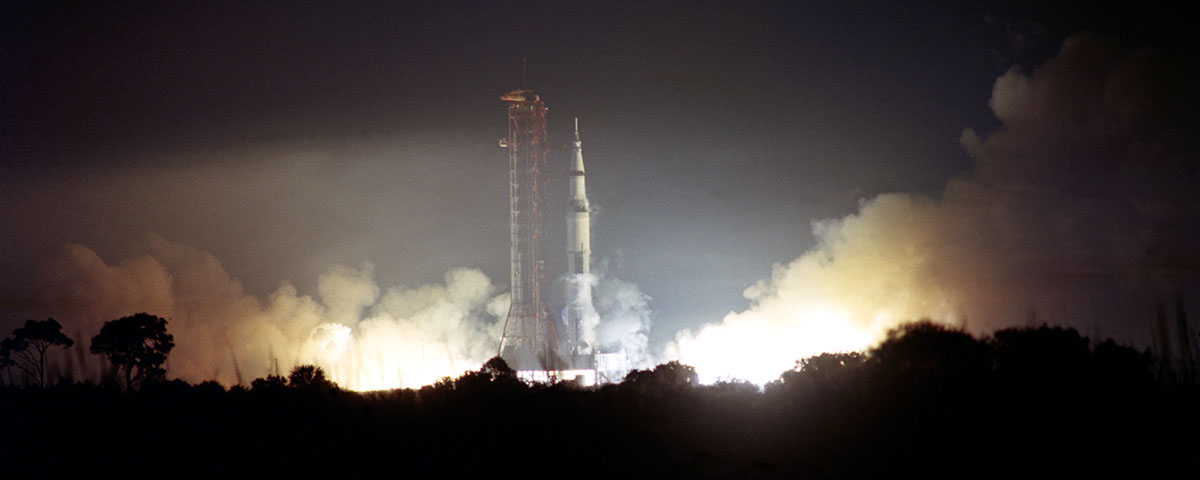One horsepower versus 32 million horsepower. That’s the difference between the power generated by the average human being and the approximate power output of a Saturn V rocket’s F-1 first-stage engine. In this issue we cover both ends of that spectrum, and several waypoints in between.
In its simplest form, as seen in a rocket or missile, heavier-than-air flight requires thrust—a propulsive force sufficient to lift the weight of the vehicle by overcoming gravity and atmospheric drag. In an airplane, lift works to overcome weight while thrust works against drag. These are the classic four forces of flight, but in a sense thrust is the most important, because without it the aircraft is going nowhere (unless it’s a glider, which ultimately goes in only one direction: down).
The earliest would-be aviators imagined they could emulate birds, flapping attached wings to provide lift, but they ran up against the physical laws governing power-to-weight ratios—not enough power, too much weight—often with fatal consequences. Early man-powered flight attempts faced the same challenge, and in one effort to maximize lift with multiple wings, yielded comical results (see “Extremes”). The first successful powered flight experiments involved small, unmanned steam-driven models in the late 19th century, but it would not be until 1933 that two brothers demonstrated practical steam-powered flight (see “The Dream of Steam”). Later, Hugo Junkers experimented with diesel power, producing the high-flying Ju-86P and R during World War II (see “The Luftwaffe’s High-Flying Diesel”). Ultimately, of course, reciprocating gasoline engines and turbojets prevailed by supplying the thrust and power-to-weight ratio necessary for everyday flight.
Which brings us to the mighty Rocketdyne F-1, the most powerful single-chamber rocket engine ever to fly. (The Soviet RD-170/171 of the 1980s generated slightly more thrust, but employed four separate combustion chambers and nozzles.) Five F-1s powered the first stage of the Apollo program’s Saturn V, producing a combined 7.5 million pounds of thrust for 2½ minutes—enough to lift the 3,000-ton vehicle 40 miles above the earth’s surface, where the second stage took over. As Mark Carlson writes in “Apollo’s Stallions,” the story of its development “is a saga worthy of the Wright brothers or Charles Lindbergh, but on a far grander scale.” Yes, it literally involves rocket science—not the usual Aviation History fare—but Carlson has succeeded in making this technical subject accessible to even the most technology-averse. It’s a fascinating saga of trial-and-error experimentation in a pre-digital age that will be of special interest to anyone who followed NASA’s Apollo-era achievements.
Although developed more than 50 years ago, the F-1 remains a marvel of engineering—so much so that it has recently been studied by a new generation of engineers working to design rocket engines to power America’s future Space Launch System. To learn the F-1’s secrets, a team at Marshall Space Flight Center in Huntsville, Ala., completely disassembled and digitally modeled a flight-ready example that had been intended for Apollo 19. They also “borrowed” an F-1 formerly displayed at the National Air and Space Museum’s Udvar-Hazy Center and actually fired up its gas generator, which powered the engine’s 55,000-hp turbopump. The full story of that effort, found here, is a great read, and serves to connect Carlson’s piece to the present.

